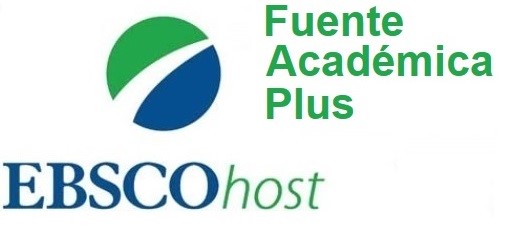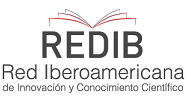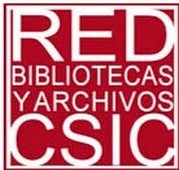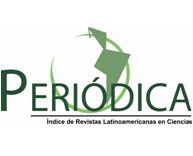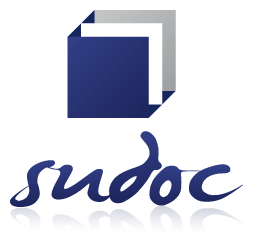DETERMINATION OF REDUCING SUGARS ON INVERTED SYRUPS OBTAINED BY ACID HYDROLYSIS OF SUCROSE AT A CUBAN FACTORY
Keywords:
absorbance, 3,5-dinitrosalicylic acid, reducing sugars, spectrometryAbstract
Introduction:
The inverted syrup that is obtained from acid hydrolysis of the sucrose contained in the refined sugar at the factory located at the Unidad Estatal de Base Derivados Chiquitico Fabregat, is a marketable product whose quality and, mainly, the content of reducing sugars needs to be certified through appropriate analytical methods.
Objective:
To quantify reducing sugars in the inverted syrups obtained by acid hydrolysis of the sucrose contained in the refined sugar applying the Miller or the 3,5-dinitrosalicylic acid Method.
Materials and Methods:
Reducing sugars were quantified by spectrophotometry using the Miller or the 3,5-dinitrosalicylic acid Method. The calibration curve was obtained, and determinations of reducing sugar content, conversion of soluble solids in reducers, pH and color were carried out on 30 samples of inverted syrups from the production process that were extracted between 2022 and 2023.
Results and Discussion:
The conversion of dissolved solids into reducers is between 86.58 and 99.84% with normal distribution of the values obtained for all variables in analysis. The efficiency of the acid process is slightly higher than that reported through enzymatic hydrolysis, although with a greater environmental and quality impact. The pH of the syrups and their color must be improved through the implementation of technological changes.
Conclusions:
The method used allowed obtaining representative data on reducing sugar values in inverted syrups that offers more information about this product for its possible commercialization and, allows, quantifying the effectiveness of the sucrose inversion stage.
Downloads
Downloads
Published
How to Cite
Issue
Section
License

This work is licensed under a Creative Commons Attribution-NonCommercial 4.0 International License.




